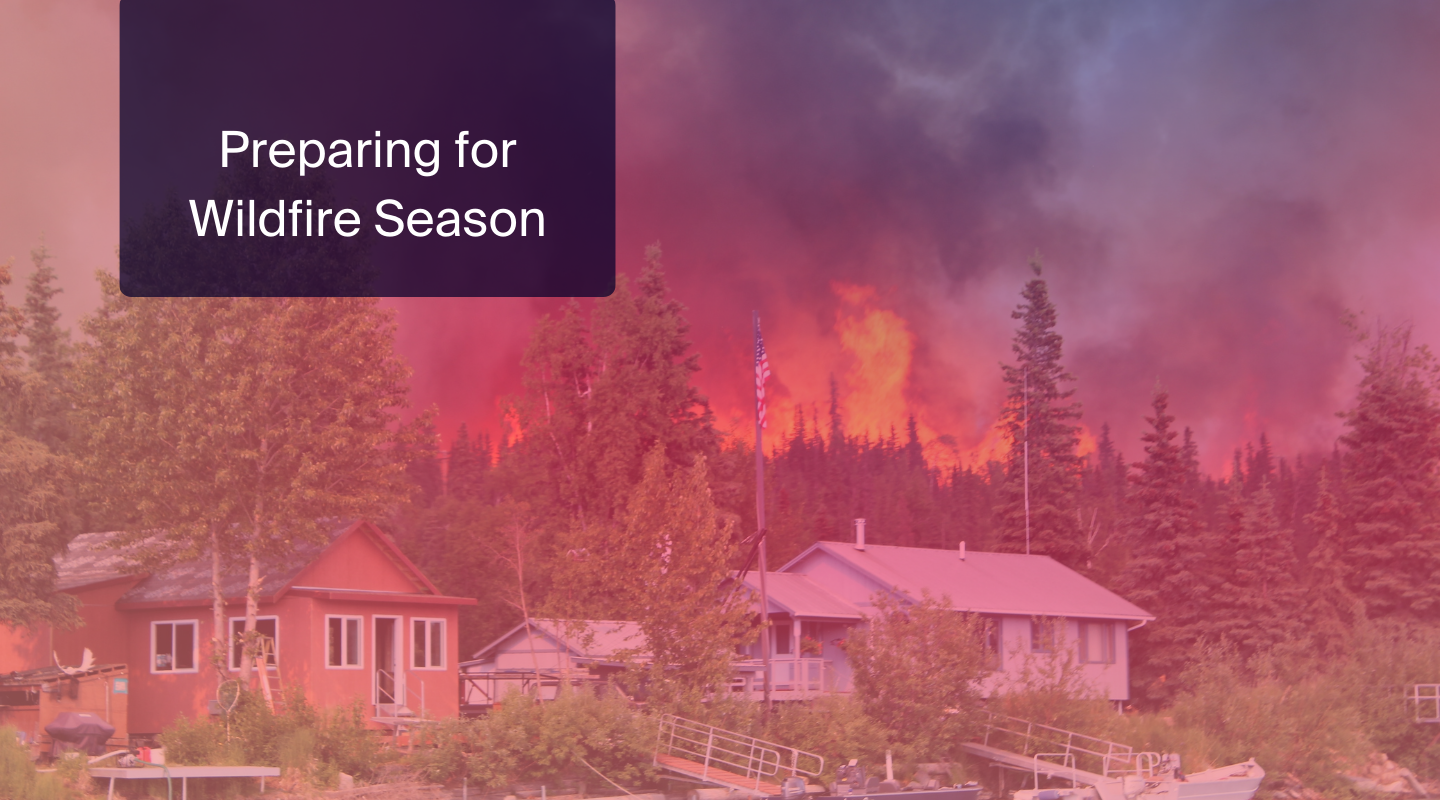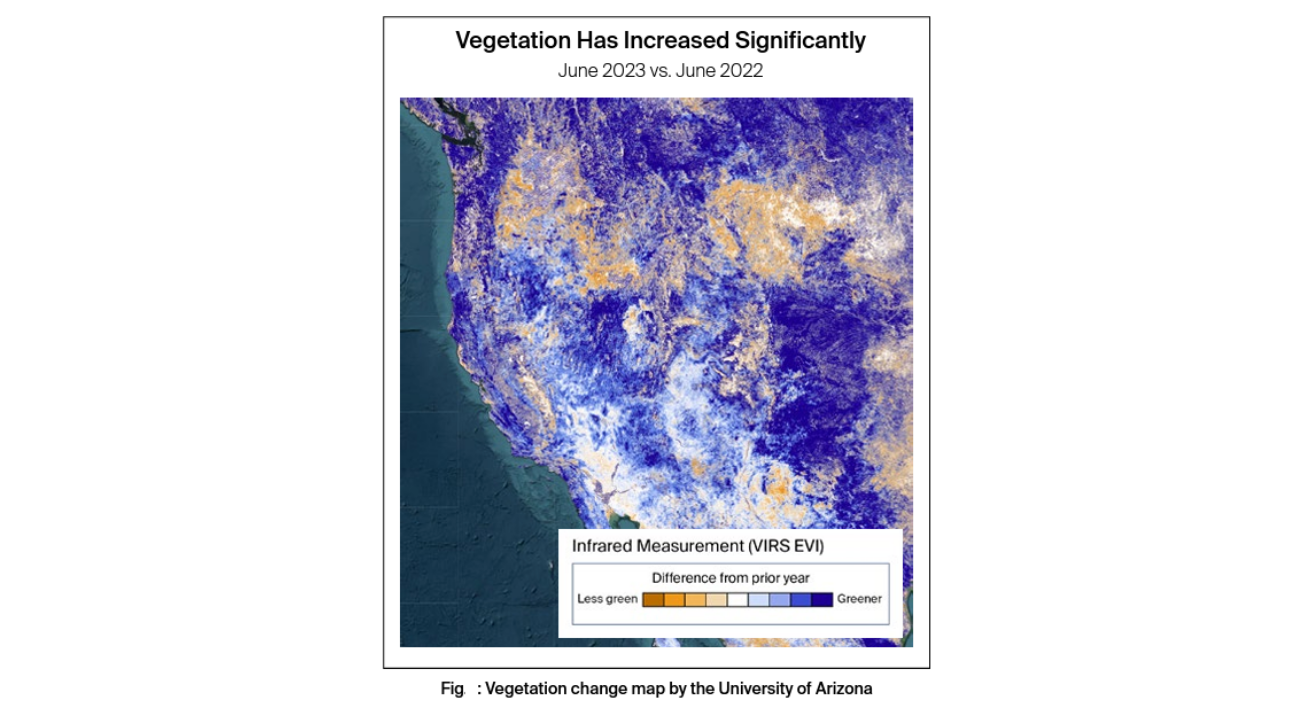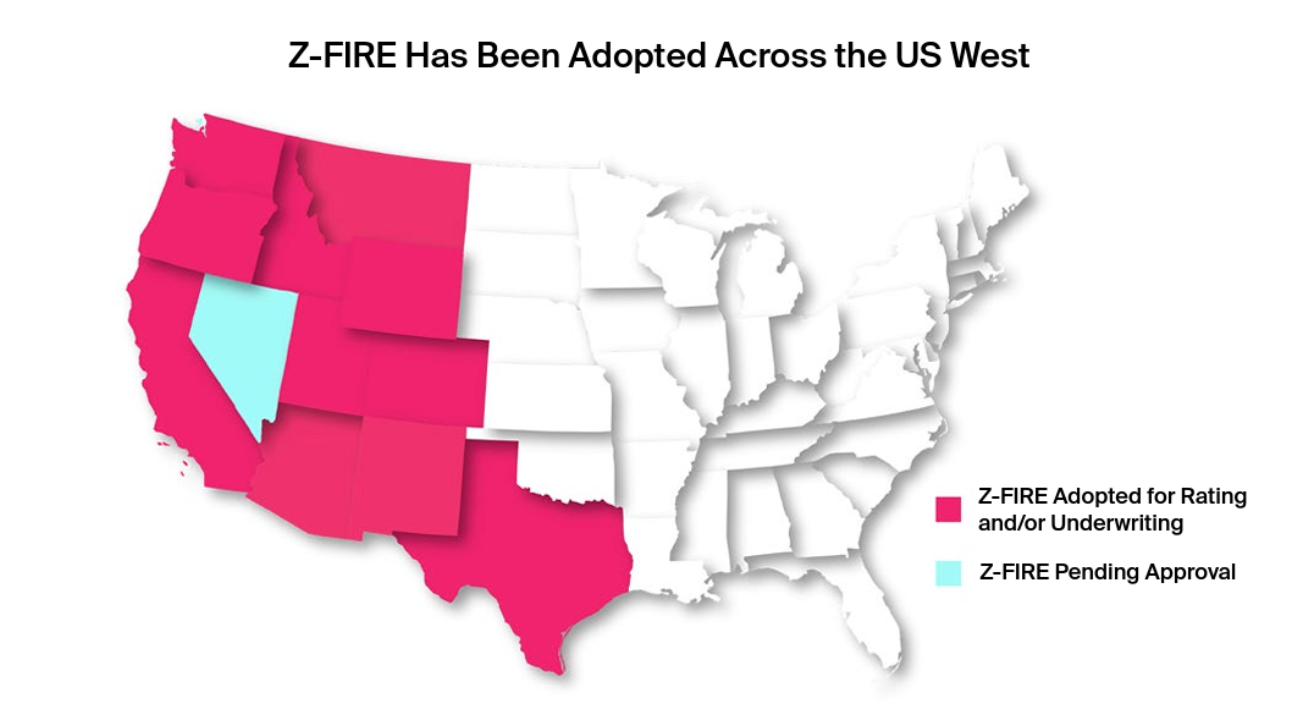Future-Proofing Insurance: How to Prepare for Intensifying Wildfire Seasons
As ZestyAI unveils its annual Wildfire Season Overview, we can see that insurers are in a pivotal position to navigate the ongoing threat.


The insurance industry has been grappling for years with the skyrocketing losses caused by wildfires. As ZestyAI unveils its annual Wildfire Season Overview, we can see that insurers are in a pivotal position to navigate the ongoing threat.
Wildfire Risk Isn’t Going Anywhere
While we are currently experiencing a brief reprieve from the wildfire devastation of the last few years, the ongoing threat of wildfire remains at an all-time high.
Extreme snow and rainfall across the West in 2023 have led to wetter-than-normal conditions that have acutely reduced the risk of wildfire. However, wetter conditions lead to vegetation growth, so despite 2023 presenting lower wildfire risk, the resulting vegetation accumulation, combined with persistent drought conditions in future years, will likely result in extremely high losses in the coming years. In fact, heavy rainfall has preceded many of the most severe wildfire years ever recorded in California.
Heavy rainfall has preceded many of the most severe wildfire years ever recorded in California.

Preparing for Future Wildfire Seasons
With high wildfire activity on the horizon, what steps can insurance companies take now to prepare for future wildfire seasons?
Here are three essential strategies:
1. Leverage Data for Better Understanding
Research by ZestyAI reveals that wildfires ravage 87% more land during drought years compared to non-drought years. With the western US still experiencing a megadrought that is the worst in over a millennium, it’s critical to understand the data and risks involved.
Not all homes face high risk. For the remainder, detailed property risk insights can highlight areas requiring risk mitigation. Integrate property-specific wildfire risk data into the underwriting and renewal process. This year is also an excellent opportunity to review a complete portfolio using an AI-powered wildfire risk assessment tool like Z-FIRE.
2. Educate and Empower Property Owners Through Transparency
Technology, particularly satellite/aerial imagery and artificial intelligence, can shed light on wildfire risks. Insurers can use this technology to assess the risk reduction measures that policyholders have implemented and understand how a property might withstand a wildfire.
This information is invaluable for educating homeowners and insurance agents. By knowing the specific actions that can be taken to reduce risk, such as clearing brush or using fire-resistant materials, both insurers and homeowners can be better prepared for wildfires.
3. Choose a Technology Partner Wisely
ZestyAI's Z-FIRE has set a benchmark by integrating loss data from over 1,500 wildfires and employing cutting-edge technology to derive insights on each property. By combining aerial and satellite imagery with machine learning and cloud computing, ZestyAI created Z-FIRE, a highly detailed wildfire risk assessment model.
Z-FIRE has been adopted by leading insurance carriers in every single western US state.
In 2022, Z-FIRE demonstrated remarkable performance. Its integration of data through machine learning and computer vision models has established Z-FIRE as a potent tool in wildfire risk assessment for both underwriting and rating.

Make Informed Decisions with Z-FIRE
Using Z-FIRE, insurance carriers, MGAs, and reinsurers can get access to actionable insights developed from detailed property-level risk factors. While wildfire losses may be inevitable, understanding in detail how individual properties contribute to average and tail risks is a large step forward.
The specific time and location of a wildfire is nearly impossible to predict. However, Z-FIRE can give carriers an assessment of the preconditions for that fire, and describe in detail the factors which contribute to it. Knowing, not guessing, which properties fall into a high-risk category is more important now than ever. We look forward to helping our customers through this fire season and many to come.
Z-FIRE Stands Alone in Compliance
Z-FIRE has been developed in partnership with top carriers and has been included in successful filings in California and many other western states. As regulators continue to push for additional transparency and accuracy in how insurers treat wildfire risk, AI-powered solutions provide a clear advantage because of their interpretability and sensitivity to changing conditions.
In 2023, California began requiring insurers to provide discounts based on mitigation measures, and in 2024 Oregon is poised to establish similar requirements on communications to homeowners. All of these changes create a burden on insurers, but those who can adapt to the new regulatory environment by leveraging knowledgeable partners like ZestyAI will have an advantage over competitors. AI is part of the solution, helping address climate risk and maintaining the insurability of properties across the US.
Download ZestyAI's 2023 Wildfire Season Overview









